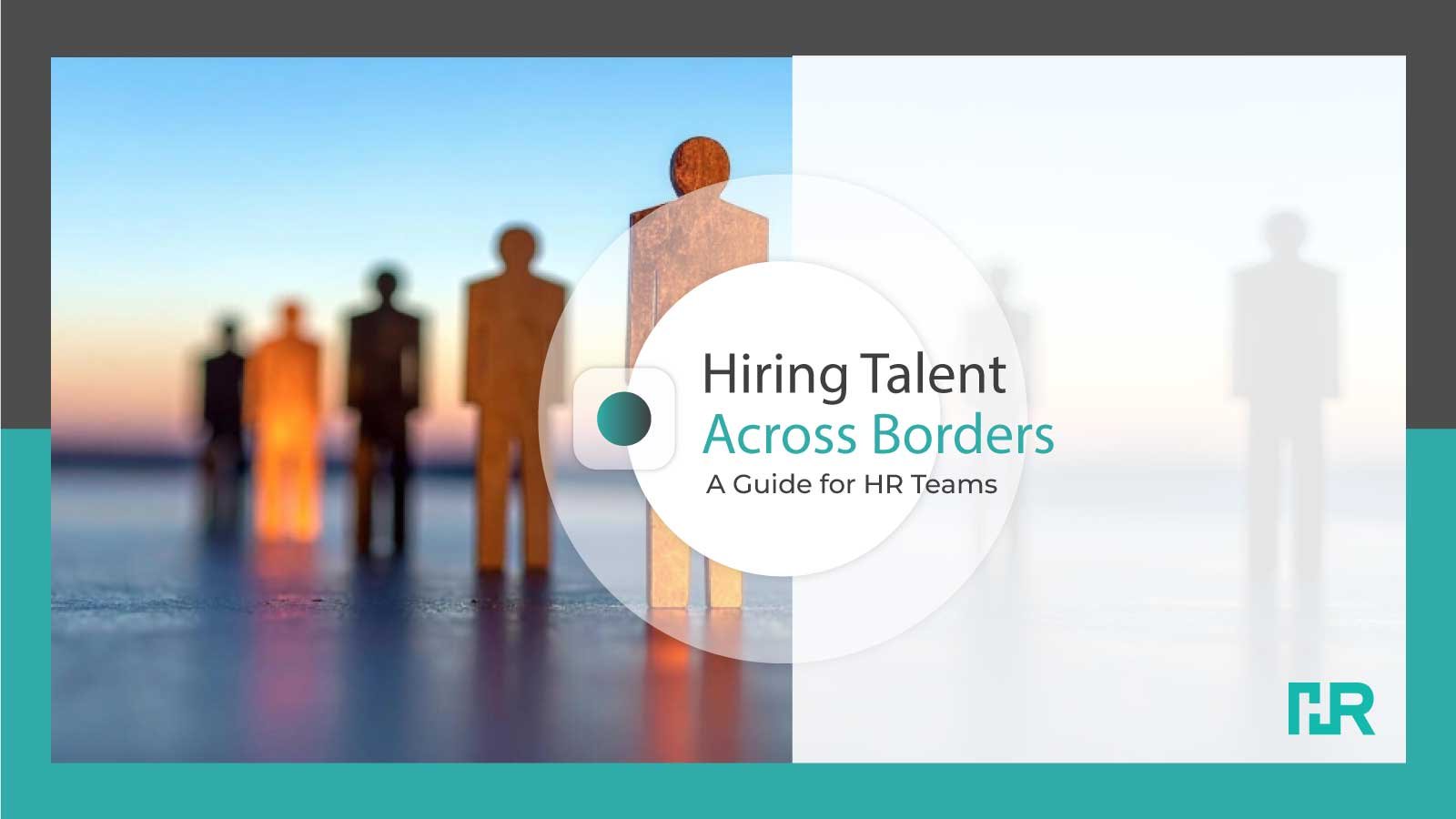
As competition for skilled talent continues to grow, many organizations are expanding their search beyond domestic boundaries. Hiring across borders has shifted from a niche strategy to an essential approach for companies seeking specialized skill sets, cultural diversity, and flexible workforce models. Global talent hiring allows businesses to move faster, adapt to market opportunities, and build teams that reflect the increasingly interconnected world we work in.
When companies hire only within their home region, they limit themselves to a narrow talent pool. Expanding globally opens access to a wider range of expertise and new ways of thinking. International teams are more adaptive, more innovative, and often better equipped to understand global markets.
However, the decision to hire internationally must be intentional. Each country has its own employment regulations, compensation standards, communication styles, and cultural expectations. HR leaders must plan thoughtfully to ensure both compliance and a successful employee experience.
Before hiring globally, HR teams should:
Select the right employment model: Determine whether it makes sense to create a local entity, engage contractors, or partner with an Employer of Record.
Understand local requirements: Research labor rules, benefits norms, tax processes, and termination laws in each region.
Build consistent onboarding: Ensure every new hire, no matter where they are, receives the same clarity, training, and support.
Support effective collaboration: Provide communication guidelines, time zone coordination norms, and accessible documentation for shared work.
Prioritize fairness and transparency: Employees across borders should receive clarity around role expectations, performance feedback, and career development.
Hiring from different countries means welcoming different work habits, communication styles, and perspectives. This is a strength when managed well. HR teams should create space where people feel understood, valued, and connected to the larger organization.
According to Gartner, 58% of organisations already employ technology talent in fully remote, cross-border roles, and 27 % are actively exploring borderless hiring.
Establish shared team rituals, organize virtual meet-ups, and encourage managers to be intentional about regular check-ins. Culture is not something that happens by accident in distributed teams. It must be actively shaped.
Identify the roles that are most suitable for global hiring.
Assess talent availability and cost considerations in potential regions.
Choose the employment model that aligns with your strategy and risk tolerance.
Create a detailed remote onboarding and communication framework.
Use collaboration platforms that support asynchronous and flexible work.
Continuously gather employee feedback and refine processes as you grow.
Cross-border hiring is not just about expanding geographic reach. It is about building stronger, more inclusive teams with diverse insights and capabilities. HR leaders who embrace global talent strategies position their organizations for greater agility and long-term advantage.
If your team is exploring this direction, now is the time to review policies, technology infrastructure, and workforce planning. The talent you need may not be local, but it is very much within reach.
1. What is cross-border hiring?
Cross-border hiring refers to employing talent from countries outside your organization’s physical location. This can include remote employees, contractors, or staff hired through an Employer of Record.
2. What are the main benefits of hiring internationally?
Hiring globally allows companies to access a larger talent pool, bring in diverse perspectives, and build teams that can support customers and operations across different regions and time zones.
3. How can HR manage compliance when hiring in other countries?
Compliance requires understanding each country's employment laws, tax rules, benefits requirements, and termination policies. Many organizations choose to partner with global HR platforms or Employer of Record providers to simplify this process.
4. Do global employees need the same onboarding as local hires?
Yes. Every employee should receive a consistent onboarding experience that covers company culture, role expectations, communication norms, and access to tools. Remote and international employees may need additional support to feel included and connected.
5. How do you maintain strong communication across time zones?
Using shared documentation, setting clear meeting schedules, encouraging asynchronous communication, and establishing response time expectations can help teams stay aligned without stress or confusion.